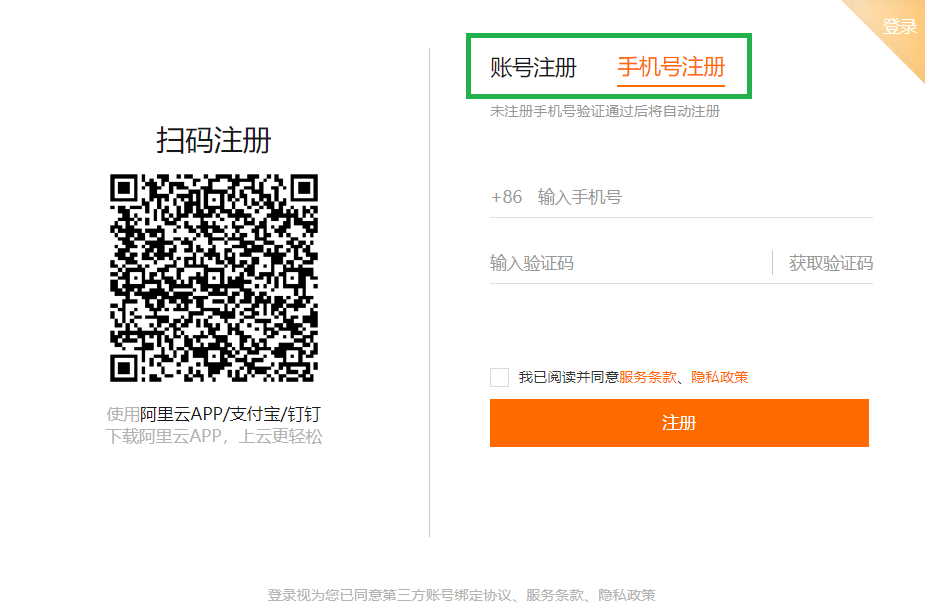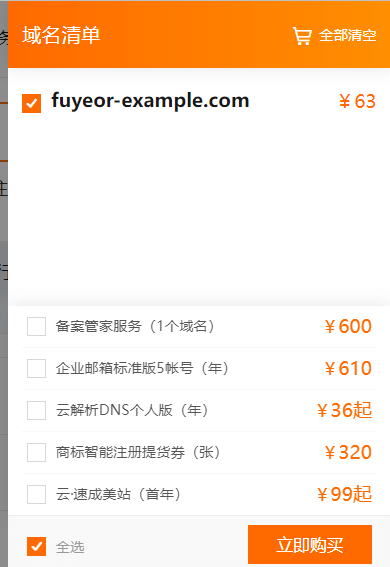豌豆的做法大全家常(豌豆的做法大全家常菜)
alicucu 2025-12-21 21:55 2 浏览
豌豆炒虾仁
?食材:豌豆100克、虾300克。
调料:油、盐、料酒、淀粉适量。
做法
1.虾去头剥壳,开背去泥肠,取出虾仁,加入少量盐、料酒,拌匀腌几分钟。
2.豌豆放入开水中焯一两分钟。
3.碗中倒入淀粉,加一点水,调成水淀粉备用。
4.锅中热油,烧至八成热,把腌制好的虾仁倒入,翻炒至表面变色。
5.加入豌豆,一起翻炒片刻。
6.加适量的盐调味,倒入一点点水淀粉,勾芡,翻炒均匀后即可出锅。
豌豆酸菜汤
?原材料:豌豆300克、干酸菜150克、香葱50克。
调料:油、盐适量。
制作过程:
1.盛出半小碗酸菜,如果酸菜较大可再剁碎;豌豆用水洗净;香葱切末。
2.锅中热油,将酸菜倒入煸炒片刻,盛出备用。
3.继续倒入豌豆翻炒,炒至豌豆变色时放一大碗清水,大火煮至豌豆熟。
4.放入酸菜略煮一会儿,加盐和香葱末,即可出锅。
生吃。豌豆是可以生吃的,但必须是嫩的,吃起来是甜甜的,十分美味,农村常有这种吃法。
02
水煮豌豆。豌豆直接水煮,放点盐,也是极其美味的,不失为一种美味的吃法。
03
豌豆饼。豌豆饼是常见的街头小吃,用面粉和,然后炸,也是特别美味。
04
豌豆炒肉。豌豆炒肉是最常见的一种家常小炒。豌豆中带有肉香,极其美味。
05
豌豆粥。豌豆也是可以熬粥的,选用鲜嫩的豌豆熬出来的粥十分鲜嫩美味。
用料
香肠 2根,
新鲜豌豆 400克,
油、盐、糖、生抽各 适量
做法步骤
步骤 1
新鲜剥好的豌豆 浸泡在清水里几分钟。
步骤 2
香肠切片备用。
步骤 3
平底锅放一点油 先炒香肠出香气 然后放下豌豆中火炒,炒的时候如果觉得太干 加一大勺纯水。 中火翻炒。
步骤 4
加盐 炒一下,放一点点砂糖,放一勺生抽是吊鲜味, 汤汁收干,关火出锅装盘即可。新鲜豌豆的10种家常做法之一完成。
食材:豌豆 1斤 、 瘦肉 50g 、 红椒 1个 、 蒜 2瓣 、 酱油 适量 、 食用油 适量 、 生粉 适量 、 盐 适量。
烹饪步骤:
1.水烧开,水里滴2滴油,放豌豆进去汆水30秒控干备用。
2.红椒切丁,蒜切碎,瘦肉用酱油,油,生粉腌制。
3.热锅,放油,烧至8成热把瘦肉炒8分熟,盛出来备用。
4.锅里如果有低油就直接放红椒和蒜末炒香,如果没油了就再加一些,放入豌豆翻炒1分钟,加入瘦肉翻炒,最后加少许盐调味即可出锅。
相关推荐
-

- 上海的大学有哪些(上海大学算名牌大学吗)
-
一、上海本科院校名单:序号学校名称所在地院校分类复旦大学211985研究生杨浦区综合类上海交通大学211985研究生闵行区综合类同济大学211985研究生杨浦区理工类华东师范大学211985研究生...
-
2025-12-23 09:12 alicucu
- 林黛玉扮演者(林黛玉扮演者陈小旭)
-
01、1944版周璇02、1962版王文娟03、1962版乐蒂04、1977版张艾嘉05、1978版毛舜筠06、1987版陈晓旭07、1989版陶慧敏08、1996版张玉嬿09、2010版蒋梦婕10、...
- 天上人间最后大结局(天上人间最后大结局是什么)
-
唐唯薄颜在一起了。天上人间剧情通过表现十几位通天“官二代”、神秘“富二代”和绝美“小姐”之间的情感纠葛、复仇绝杀,反映他们有时利用父辈影响,有时利用法律空隙,有时利用人性美色,疯狂敛财,结党营私,凶残...
- 中秋国庆假期时间安排(中秋国庆假期时间安排表)
-
2023年国庆节与中秋节将连在一起放假。放假时间为10月1日至10月8日,共计8天。这样的安排为大家提供了一个长假期间,可以与家人团聚、旅行或者休息放松。在这段时间里,各地将举办丰富多彩的庆祝活动,如...
-

- ny帽子正品多少钱(ny帽子什么档次)
-
在国内正品店,价格不会低于四百人民币。在国外购买,价格大约在25美元。NY帽子在内地开设的专卖店并不多,基本都在北京和上海,香港有开设NY品牌的专卖店。据了解,相当一部分人会通过代购的方式获得正品NY帽子。ny帽子很贵,正品一般两百多人民...
-
2025-12-23 07:12 alicucu
- vivo手机商城(vivo手机商城在哪)
-
如果你的是vivo手机,可以直接在手机桌面上点击vivo商城app,就可以进去vivo官网商场并购物了。如果你没有vivo手机,可以打开浏览器,直接搜索vivo官网,或者直接输入网址:http://s...
- 林正英的鬼片所有电影(林正英的鬼片所有电影有哪些)
-
林师傅是一代大师,他的影迷都亲切称他为九叔,他在剧中也多为九叔。他主演的僵尸大全集主要有鬼打鬼,人吓人,僵尸系列中的僵尸先生,僵尸家族,僵尸叔叔,音乐僵尸,僵尸小宝贝,僵尸少爷,僵尸兵团,僵尸道长I,...
- 三年级端午节优秀作文(三年级端午节作文一等奖)
-
我家乡的端午节 农历五月初五端午节,是我国最大的传统节日之一.端午亦称端五,“端”的意思和“初”相同,称“端五”也就如称“初五”;端五的“五”字又与“午”相通,按地支顺序推算,五月正是“午”月.又...
- 全球最恶心的食物排行(全球最恶心的食物排行榜图片)
-
吃糠咽菜、残羹冷炙、秀色可餐、饕餮大餐、唇齿留香。吃糠咽菜:读音是chīkāngyàncài。释义:形容生活的贫困与艰辛。残羹冷炙:读音是cángēnglěngzhì。释义:指吃剩的饭菜。...
- 谷歌地球下载手机版安卓版(谷歌地球下载安卓版2020)
-
如果网速不卡的话那就是你的机子不适合这款软件,你试一试百度地图也是挺好的UC姐来啦,很高兴为您服务。给您的体验带来不便还请您谅解。关于您反馈的问题,请问您的设备是什么系统的呢?您下载的文件是什么文件...
- 少年四大名捕电视剧(2008林峰版少年四大名捕电视剧)
-
安世耿利用楚离陌与冷血的血液开启幻羽石窟,石窟内部存有绝世功夫秘籍,四大名捕奋力博杀阻止安世耿得到功夫秘籍。姬瑶花悄然现身找到一本功夫秘籍,安世耿打败四大名捕被姬瑶花手中的功夫秘籍吸引,姬瑶花趁机出手...
- 雾是怎么形成的物理(雾是如何形成)
-
雾的形成是一种液化现象。空气中的水蒸气当温度下降时,液化成小水滴漂浮在空气中而形成了雾。雾是一种自然天气现象,指在水气充足、微风及大气层稳定的情况下,接近地面的空气冷却至某程度时,空气中的水气便会凝结...
- 教育培训加盟(教育培训加盟机构官方旗舰店)
-
您好!幼儿中小学现在竞争太激烈了,门槛还低,我太太就在我们市做中小学培训。如果要加盟的话,建议加盟一些大公司的成人培训项目,学历的比如考研,资格证培训比如医师资格、教师资格等。我在医院上班,我同事去年...
-

- 18k金和24k金有什么区别(24k金和足金999有什么区别)
-
(1)含金量不同:24k黄金和18k黄金相比其中的含金量会更多一些,24k黄金一般会被称为足金,也就是纯金,其中的黄金含量能够达到千分之九百九十九,但是18k黄金的含金量只有百分之七十五,另外还有百分之二十五其它的成分。(2)颜色硬度不同:...
-
2025-12-23 02:12 alicucu
- 一周热门
- 最近发表
- 标签列表
-






